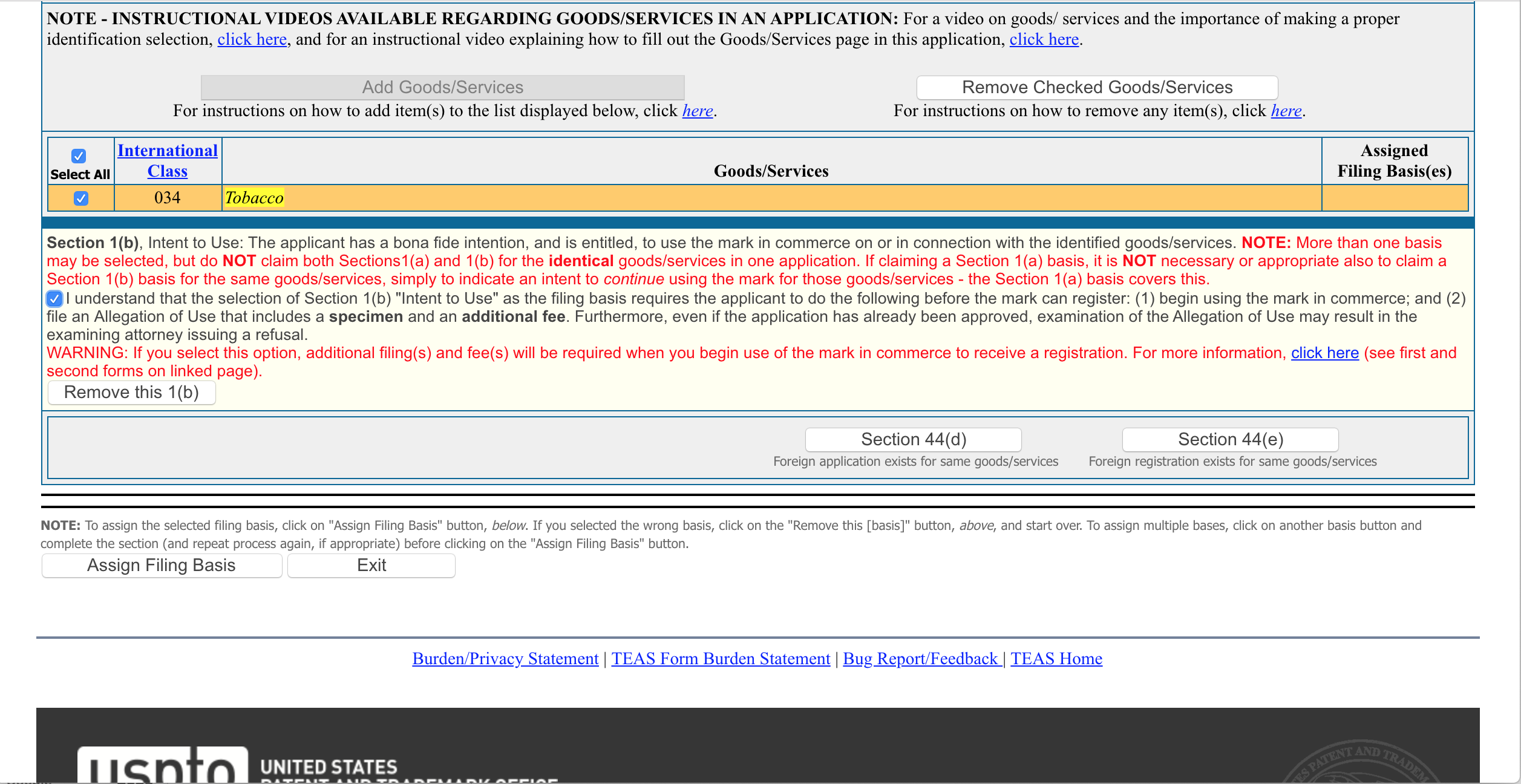The USPTO does not want to award the right to an exclusive trademark to an individual/company that does not actually plan on using that trademark. Indeed, trademark squatting is something the USPTO wants to avoid at all costs and therefore requires applicants of the ITU application to provide a sworn statement in the application that the applicant does, in fact, have a real and good faith intention of using the mark in commerce in the future. In the event that the verification is not filed at the time of the initial application’s submission, the subsequent verified statement must also include a statement that the applicant had at the time of the application filing date a bona fide intent to use the mark in commerce. While the sworn statement will only ever be scrutinized by the USPTO if it is clear from the application record that the statement is fraudulent (or at least contradictory), third-opposers may question the good faith of the applicant when taking legal action to prevent the registration of the trademark. Thus, please make sure to align your documentation and record-keeping with the dates supplied in the actual trademark application. In any request for an extension of time to file the statement of use, the applicant must also submit a verified statement of the applicant’s continued bona fide intent to use the mark in commerce. Applicants would be wise to keep track of the various operational and marketing efforts underway at the point of filing to later call upon, if necessary, and prove that such an honest and bona fide intention to use the mark existed at the time of filing. The USPTO, like all Government bodies and agencies, absolutely loves documentation so keep track of your work and expenses.
Intent to Use Trademark Applications
Remember, a Trademark is a source identifier. It is a name, logo, and/or slogan that when attached to a good or service and is sold in commerce, anchors a company’s branding asset to a piece of merchandise/service. Critically, one cannot obtain a trademark unless the name/logo/slogan is used in conjunction with a good that it is actually being sold in commerce in a meaningful way. The USPTO refers to this sort of “Meaningful” sale as a “bonafide” sale and necessarily precludes mere “token” sales of goods/services. For example, I could not simply attach my company’s logo to the label of a t-shirt, sell this one t-shirt to a friend in California, and reasonably claim that the mark is now in “use in commerce.” What then can a Startup company do to protect its branding assets before the business starts making sales? Welcome to the Intent To Use (ITU) Application.
Section 1(b) of the Lanham Act, 15.U.S.C. § 1051(b) states that “…person who has a bona fide intention, under circumstances showing the good faith of such person, to use a trademark in commerce may request registration of its trademark.”


